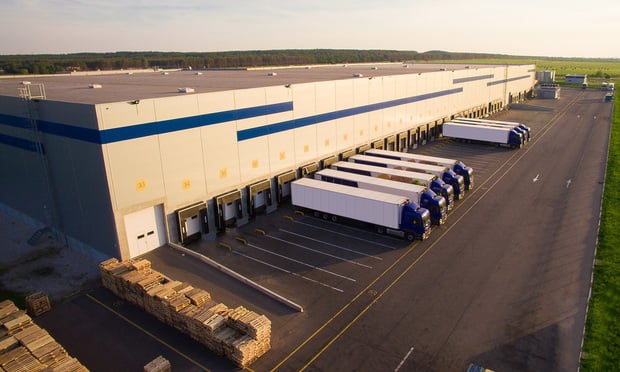As part of our coverage leading up to ICSC, Donald MacLellan, Senior Managing Partner, Faris Lee Investments, gives us his insider perspective for this edition of Counter Culture. Join Faris Lee at ICSC RECon booth number C150M in Las Vegas May 18–20.
Over the course of a three-decade career in commercial real estate, I've found that one theme is timeless: retail property investment can be successful in any sub-category of the sector if one looks carefully and wisely at the fundamentals of the asset. From regional malls to neighborhood strip centers; from stabilized core assets to value-add redevelopment plays, I have clients who have done well with every type of product. Ultimately it goes back to the golden and most basic rule of retail investment: location, location, location. There is no replacement for population density and strong traffic counts within stable and growing economic trade areas throughout the U.S.
Recently I have seen high investor demand for retail properties that are on the opposite ends of the product spectrum—and that could arguably reflect the state of the economy in general—as they fall into two categories 1) legacy and 2) value.
Let's start with the legacy product. It is typically in dense, in-fill locations with a mixed-use emphasis in affluent areas near or in the heart of strong daytime job growth centers. Here we see concentrations of highly skilled, educated professionals with strong incomes who prefer to work, live, shop and be entertained close to home. There are several examples of these dynamics throughout the Southern California basin, greater West Los Angeles, Mid-Wilshire, and Hollywood sub-markets. They are areas that are dense and experiencing strong gentrification and revitalization. They also cater to an affluent tourist base which just adds to the attractiveness of high-end retail. Orange County also contains pockets that cater to affluent customers seeking—and willing to pay for—high quality and superior service. For example, The Irvine Company replaced a Coco's Restaurant at Fashion Island, a high-end lifestyle center in Newport Beach, with a Red O, a high-end niche Mexican restaurant concept by superstar chef Rick Bayless. This is a prime example of a property's ownership replacing an older concept with a highly successful new concept that can exceed sales expectations by tapping into a discriminating affluent population.
Ultimately, being in centers with high barriers to entry is critical to success when it comes to high-end product. If the location is irreplaceable, and the affluent customer base is there, legacy retail product is a sure thing and a jewel in the eyes of the investor.
In the value investment category (which makes up the majority of the retail product throughout the United States) investors are seeking a low price-per-square-foot, low rents, and value-oriented tenants. Ultimately, retail that can be bought with an intrinsic value – low price per square foot – offers an investor a competitive advantage in the marketplace and will be more resistant to economic cycles. The value-oriented retailers such as Walmart, dollar stores, warehouse grocery stores, and other discount soft goods providers, offer customers products and services that are primarily focused on consumers' daily needs as compared with non-essential goods and services.
Additionally, there has been tremendous growth in discount fitness centers throughout the U.S. These operators offer very low monthly dues with no membership fee. They offer basic fitness needs with no frills to the lower income population while still providing the fitness center experience.
What it comes down to is this: investors tend to follow retail trends and retail trends follow the economic environment. Retailers that have struggled in the recent past are those that are in that middle space—they are not true discount/value nor are they offering superior service with higher-end goods. The key for investors is to ensure that they understand and adapt to their markets so their assets can offer the right retail mix to fit the needs of the area. It takes creativity and a good understanding of the local market and the big economic picture to tap into the intrinsic value of an asset. Sometimes that intrinsic value is difficult to see immediately. However, when it is discovered—whether by the individual or through a well-qualified advisor—a retail property can be an excellent fit for an owner's investment portfolio, whether the goal is collecting long-term returns or maximizing gains in a short-term exit strategy.
Want to continue reading?
Become a Free ALM Digital Reader.
Once you are an ALM Digital Member, you’ll receive:
- Breaking commercial real estate news and analysis, on-site and via our newsletters and custom alerts
- Educational webcasts, white papers, and ebooks from industry thought leaders
- Critical coverage of the property casualty insurance and financial advisory markets on our other ALM sites, PropertyCasualty360 and ThinkAdvisor
Already have an account? Sign In Now
*May exclude premium content© 2024 ALM Global, LLC, All Rights Reserved. Request academic re-use from www.copyright.com. All other uses, submit a request to [email protected]. For more information visit Asset & Logo Licensing.








